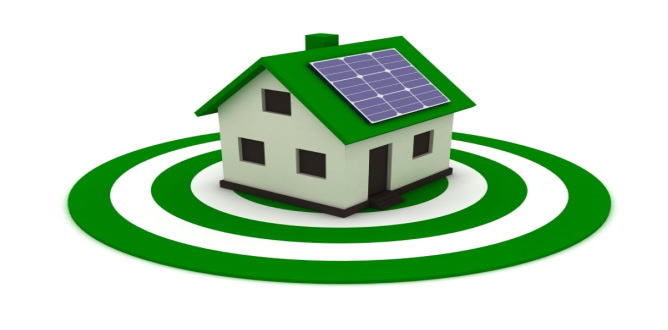 Increasingly, home buyers want energy-efficient, durable, low-maintenance, and comfortable homes that are cost-effective to operate. Survey data in the last few years have also shown that consumers are willing to pay a premium for these types of homes and that they are typically more satisfied with them than with their previous, less-efficient homes.
Increasingly, home buyers want energy-efficient, durable, low-maintenance, and comfortable homes that are cost-effective to operate. Survey data in the last few years have also shown that consumers are willing to pay a premium for these types of homes and that they are typically more satisfied with them than with their previous, less-efficient homes.
The design and construction of these homes requires more-precise tolerances than with typical code-minimum homes — every system within the structure is interdependent with the others in the whole-house system. Builders need to be more deliberate and exacting with the implementation of high-tech, innovative green products and construction techniques.
Quality management creates a solid process-based foundation for a builder to ensure the right steps are taken at the right time and in the right order to deliver the best product possible to the buyer, in the most efficient manner possible for the builder.
By coupling quality management systems with high-performance home-building techniques, builders are likely to create well-constructed, high-performing homes that lead to satisfied customers and increased profit.
The economics and value of quality
With high-performance homes, energy performance and cost savings are quantifiable. The economic benefits of energy efficiency for both the builder and the homeowner are also quantifiable. Implementing a quality management system for high-performance homes can reduce construction costs and cycle time, and effectively address all of the home’s features.
But there are some builder costs associated with implementing a quality management system. These include the costs for prevention and appraisal, and the cost of failure that can directly affect the economics of energy-efficiency upgrades in a high-performance home (see definitions on opposite page). An effective quality management system creates efficiencies and related savings that are significantly greater than the investments in the quality activities required to achieve the savings. However, the costs of quality can be difficult to measure. Ultimately, the goal is to be able to track the costs and benefits of each to determine the most cost-effective solution.
The goals of a quality program are to reduce the overall cost of quality and to ensure that the majority of costs are spent on preventing and catching defects rather than on correcting failures, especially costly external failures. The aim is to then also reduce the cost of prevention and appraisal in the process. Understanding the cost of quality and its potential impact are two of the most fundamental aspects of quality management.
Read the rest of this article HousingZone.com
Courtland Building Company would love to help you plan your green home, call us today: (281) 932-4494
Visit our website: www.courtlandbuildingcompany.com Follow Us on Facebook – Twitter – LinkedIn


